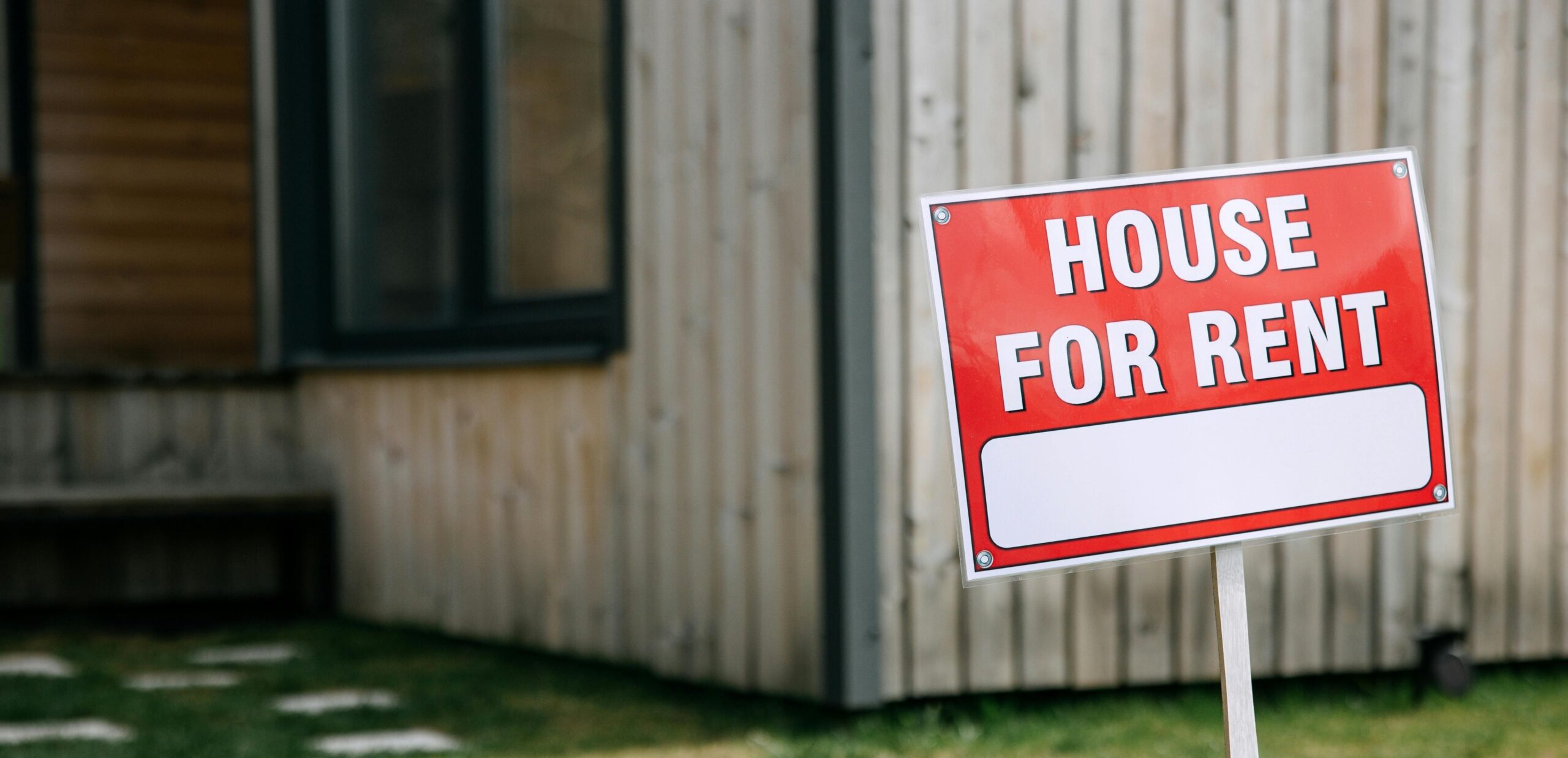The latest report from the Real Estate Institute of Queensland (REIQ) shows that during the March quarter, vacancy rates tightened across most of the state.
It says that the rate had tightened in 24 of 50 local government areas (LGAs) that it covered; in 12 LGAs, the rate was steady and in 14 it had eased.
The state vacancy rate fell from 1% to 0.9% as 38 out of the 50 LGAs and subregions reporting vacancy rates of 1.0% or less.
The REIQ says its healthy benchmark rate is between 2.6% to 3.5%.
Institute CEO Antonia Mercorella says Queensland’s rental market this year has even less rentals as vacancies continue to fall in nearly half of all its regions.
“The pressure continues to mount in our inner and outer suburban areas, particularly in Brisbane and surrounds, which recorded one of the most notable tightening movements this quarter,” she says.
“Despite these results, property managers are reporting more subdued letting activity, increased days on market, and lessors being more careful with tenant selection.”
She says this may be a sign of greater fatigue among renters and lessors.
“Many renters are being priced out, stretching too far or grouping up to rent, while lessors are holding firm on terms and expectations due to rising costs and more onerous legislative requirements.”
REGIONAL BREAKDOWN
Brisbane LGA’s vacancy rate fell to 1.0% with surrounding regions like Pine Rivers, Redcliffe, and Moreton Bay now at 0.6-0.7%.
The Inner Brisbane (0–5km radius) rate eased to 1.2% but remains tight as defined by the REIQ.
The Cook and Goondiwindi LGAs recorded 0.0% vacancy while another 16 regions (including Maryborough, Toowoomba, Caloundra Coast and Southern Downs) reported rates of or below 0.5%.
On the other hand, Noosa’s vacancy rate rose to 2% but prices remain largely out of reach. The Bay Islands (2.5%) and Isaac (3.2%) remain the only regions in the ‘healthy’ range, the REIQ says.

‘MORE HOUSING NEEDED’
Mercorella says there’s little doubt that structural undersupply remains the key driver of the crisis and that governments must do more to attract private investment to fast-track new housing supply.
She says new March data released by the ABS shows the state’s new housing pipeline remains well below volume to meet the National Housing Accord target.
“For Queensland to contribute its fair share to the target, the pipeline must include 4100 new dwellings each month.
“In March, there were only 3116 dwellings approved in seasonally adjusted terms and there is no sign of an upward trend,” she says.
“Queensland’s stubbornly tight rental conditions are symptomatic of years of underinvestment in housing supply, compounded by rapid population growth,” Mercorella says.
“There’s no silver bullet but the solution lies in one thing: more housing.”






